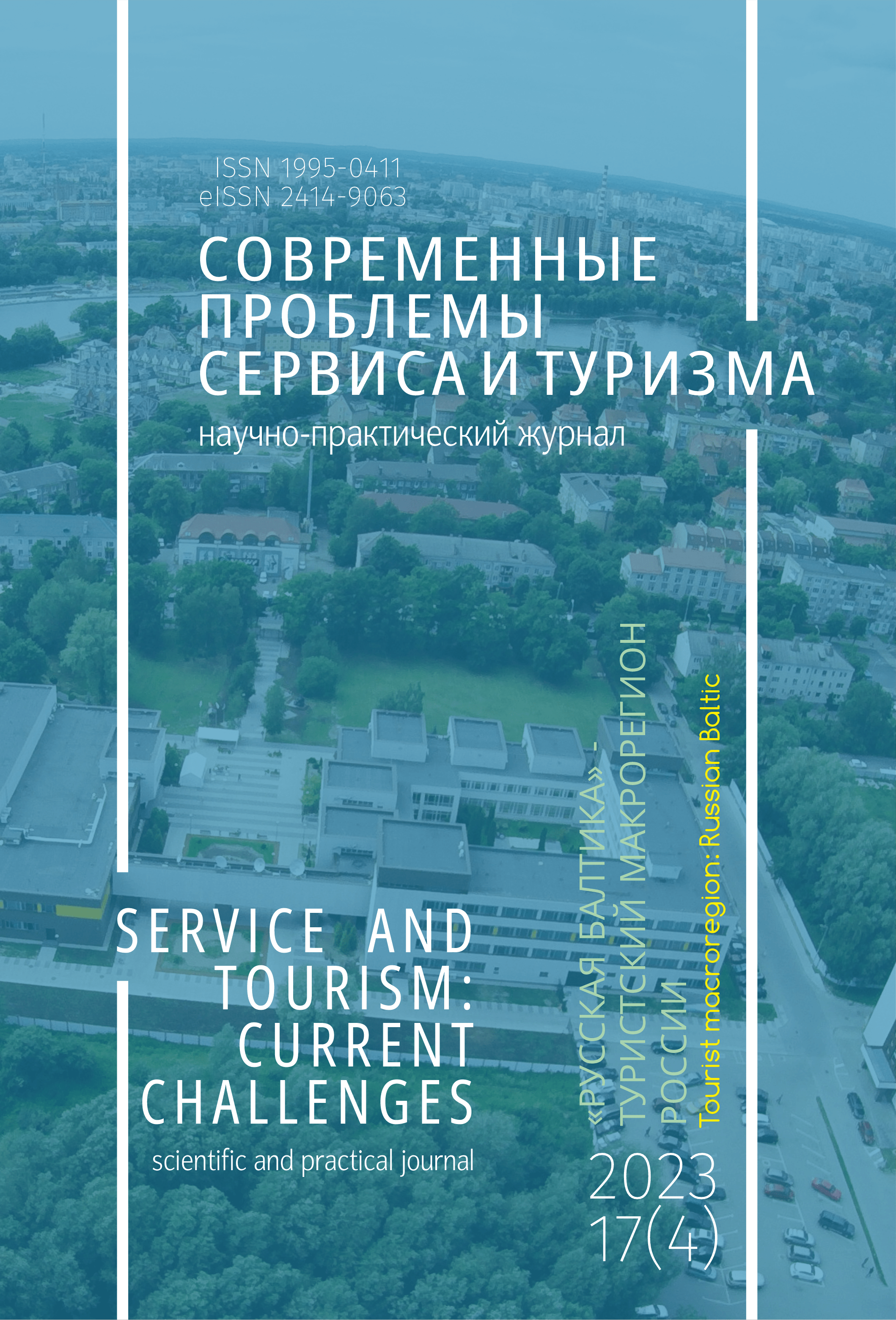Forecasting the impact of population aging on economic indicators (the case of Russia)
DOI:
https://doi.org/10.5281/zenodo.10385652Keywords:
population aging, forecasting, capital ratio, Solow model, investments, demographic transition, economic growthAbstract
The article explores the possibility of using a modified Solow model to assess the impact of demographic processes on economic growth in Russia over the next 10 years. The authors propose an adapted approach to predict the impact of population aging and formulate a hypothesis about the existence of a statistically significant relationship between indicators characterizing the non-working population and the Russian economy. To test the hypothesis, data from official statistics on the subjects of the Russian Federation are used. The analysis of using the Gretl econometric package shows the presence of a statistically significant inverse linear relationship between the GRP and the coefficients of the demographic dependency ratios for the retired people. Further, the article studies the possible impact of population aging on economic growth in Russia in the coming years, using the forecast demographical data of Federal State Statistics Service. For this purpose, the authors calculate predicted dynamic aging coefficient (DAC) for 2023–2036 using the formula proposed in their previous publication. The article discusses three scenarios and a forecasts the impact of population aging on the necessary investments, which in turn affects economic growth. The methods proposed in the article " The population aging and the volume of necessary investments (the case of Russia)" were used to plot the graphs. The year 2023 was taken as an example for the forecast.
Downloads
References
Вишневский А.Г., Нерешённые вопросы теории демографической революции // Население и экономика. 2017. Т.1. №1. С. 3-21.
Ландри А. Демографическая революция // ДемоскопWeekly. 2014. №611–612. URL: http://demoscope.ru/weekly/2014/0611/nauka02.php (Дата обращения: 02.06.2022).
Капица С.П. Очерк теории роста человечества: демографическая революция и информационное общество. М., Ленанд, 2014. 128 с.
Акаев А.А., Соколов В.Н., Акаева Б.А., Сарыгулов А.И. Асимптотические модели для прогнозирования долгосрочной демографической и экономической динамики // Экономика и математические методы. 2011. Т.47. №3. С. 56-67.
Ando A., Modigliani F. The “Life Cycle” Hypothesis of Saving: Aggregate Implications and Tests // American Economic Review. 1963. №53(1). P. 55–84.
Modigliani F., Brumberg R., ‘Utility Analysis and the Consumption Function: An Interpretation of Cross-Section Data’ // Kurihara, K. (Ed.). Post Keynesian Economics. New Brunswick: Rutgers University Press, 1954. P. 388-436.
Сoale A.J., Hoover E.M. Population Growth and Economic Development in Low-Income Countries. Princeton University Press, 1958. P. 6-25.
Tan Y., Liu X., Sun H., Zen C., Population ageing, labour market rigidity and corporate innovation: Evidence from China // Research Policy. 2022. Vol.51. Iss.2. DOI: 10.1016/j.respol.2021.104428.
Leibfritz W., Roeger W. The Effects of Aging on Labor Markets and Economic Growth // In book: Hamm I., Seitz H., Werding M. (Eds.). Demographic change in Germany. The economic and fiscal consequences. New York: Springer, 2008. P. 35-63.
Bosworth B., Chodorow-Reich G. Saving and Demographic Change: The Global Dimension // SSRN Electronic Journal. 2007. DOI: 10.2139/ssrn.1299702.
Adams N.A. Dependency Rates and Savings Rates: Comment // American Economic Association. 1971. Vol.61. Iss.3. P.1. Pp. 472-475.
Модель экономического роста с учётом фактора старения населения / Л. Гуо, Н.А. Зонин, Н.В. Данилкина и др. // Конкурентоспособность в глобальном мире: экономика, наука, технологии. 2023. №6. С. 156-160.
Старение населения и объем необходимых инвестиции (на примере России) / Л. Гуо, Н.А. Зонин, Н.Ю. Бородавкина, Д.А. Савкин // Бизнес. Образование. Право. – 2023. – № 3(64). – С. 135-142.
Downloads
Published
How to Cite
Issue
Section
License
Copyright (c) 2023 Guo, L., Zonin, N. A., & Lukyanova, N. Yu.

This work is licensed under a Creative Commons Attribution-NonCommercial-ShareAlike 4.0 International License.














